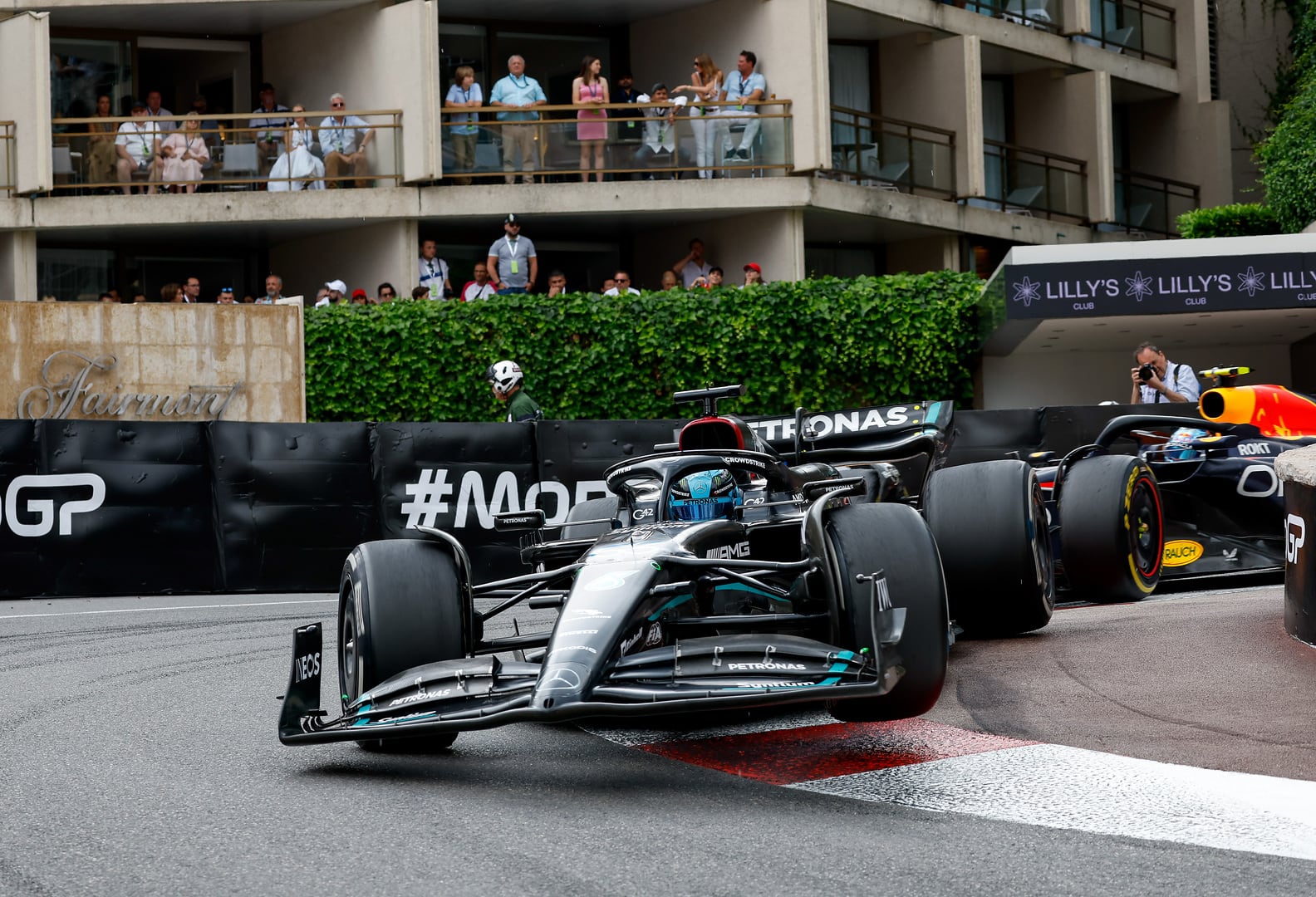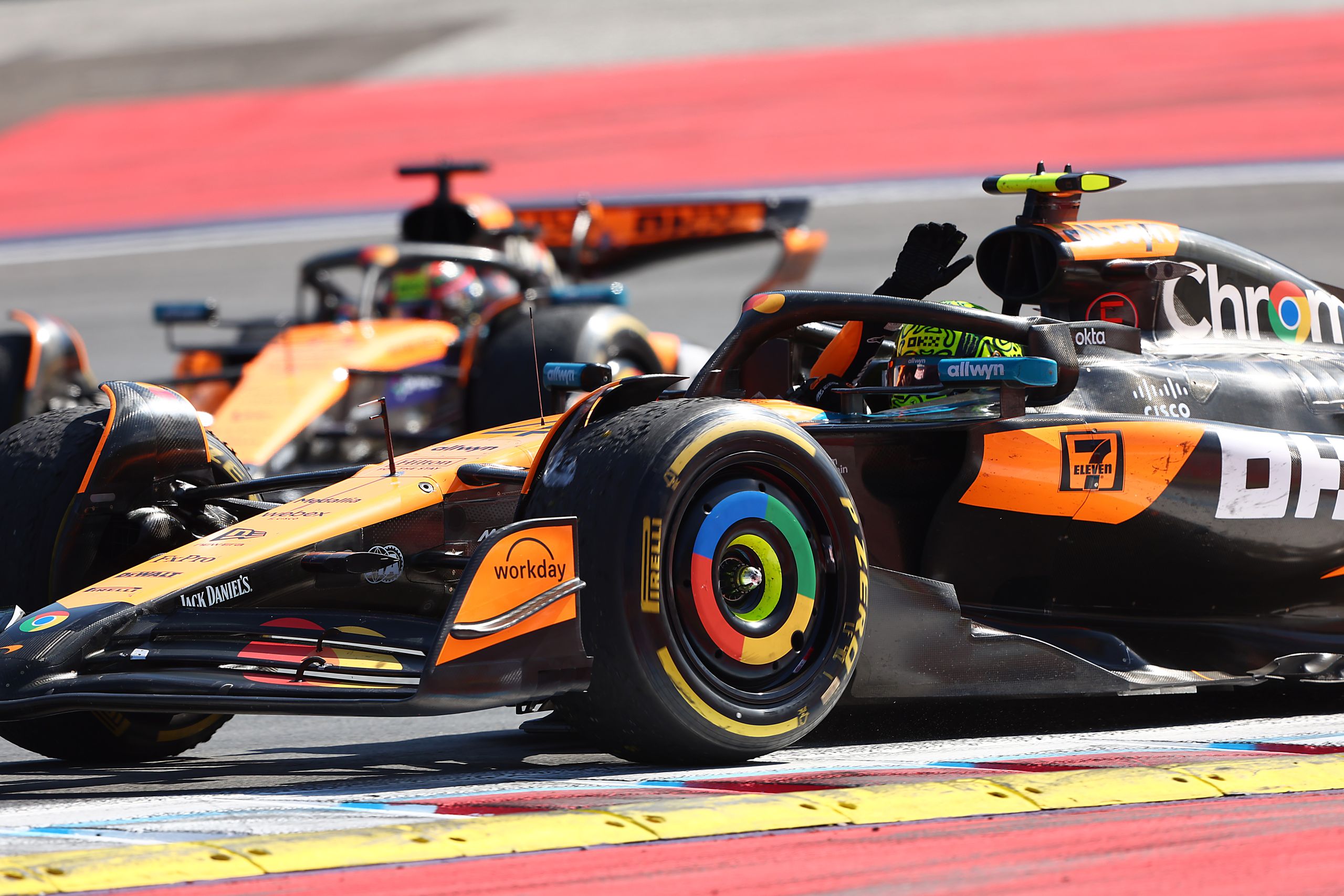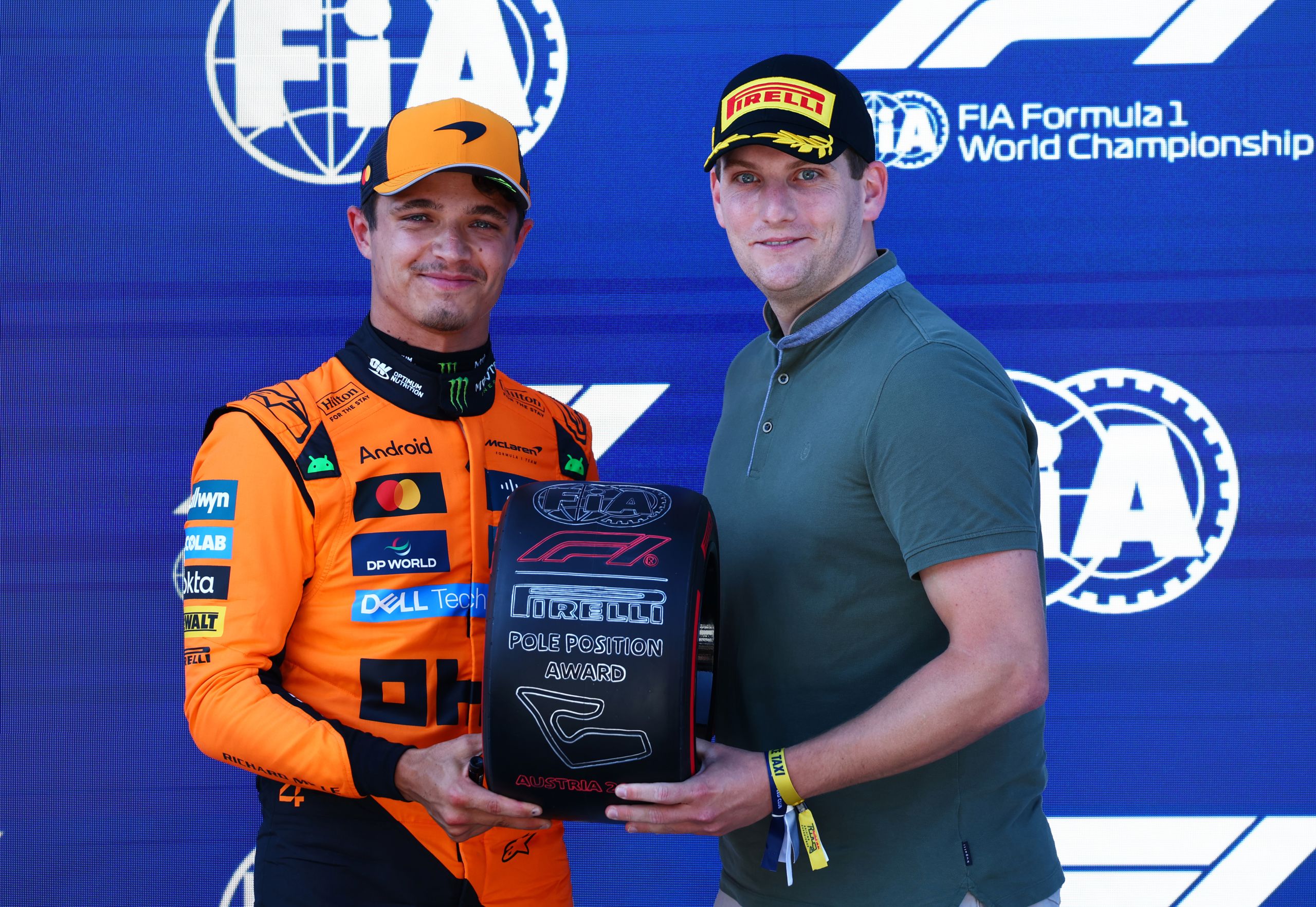Why Do F1 Tracks Have Kerbs?


Formula 1 tracks are carefully designed to challenge drivers and ensure the highest levels of competition and safety. One crucial aspect of their design is the incorporation of kerbs. Situated at the edges and particularly on the corners of the track, kerbs primarily act as tactile and visual indicators defining the boundaries of the track, encouraging drivers to stay within the limits.
Kerbs in F1 are not uniform and come in various forms, each designed to interact with the cars differently. While some kerbs may be rough and can potentially upset a car’s balance, others are smoother and allow drivers to run over them without significant risk. These track components are strategically placed to deter drivers from taking shortcuts and gaining unfair advantages, while also enabling them to exploit the track’s limits to achieve optimal racing lines and faster lap times.
Key Takeaways
- Kerbs are critical for delineating the track boundaries in Formula 1.
- They contribute to the sport’s safety measures and help manage track limits.
- Their design can affect car handling and racing strategies.
Purpose and Function of Kerbs in Formula 1
Kerbs are a critical feature in Formula 1, serving multiple roles from defining the permissible race area to enhancing safety and influencing car dynamics. These vibrant fixtures along the track edges are engineered to interact with the cars, shaping race strategies and outcomes.
Defining Track Boundaries
Kerbs are installed at the edges of corners to demarcate track limits. They signal to drivers the furthest extent they can push their cars before being considered off-track. The FIA mandates clear boundaries, ensuring that drivers adhere to the defined racing area, which contributes to fair competition.
Enhancing Driver Safety
Driver safety is paramount in motorsport. Kerbs contribute to this by providing tactile feedback, warning drivers as they near the track’s edge. Certain kerbs, like sausage kerbs, are designed to discourage dangerous short-cutting that can lead to accidents. Their structure is intended to prevent cars from launching off the surface, which aligns with ongoing safety concerns.
Influencing Racing Dynamics
Kerbs influence the racing line chosen by drivers, impacting grip and lap times. Expertly navigating kerbs can lead to faster laps, as drivers balance the risk of using these surfaces for tighter corners against the potential to slow down or damage the car. Kerbs can therefore shape the racing dynamics of each lap.
Controlling Speed and Compliance
Kerbs can effectively moderate a car’s speed, particularly through chicanes. Excessive speeds over aggressive kerbs might lead to lost time or penalties, compelling drivers to stay within track limits. Compliance with these limits is critical to maintain competitive lap times at high speeds, and kerbs serve as a physical reminder of these regulations.
Design and Evolution of F1 Kerbs
Formula 1 kerbs have undergone significant design changes to enhance track safety and racing dynamics. They serve as crucial elements in the delineation of the racing line and influence car behavior around the bends.
Variations Across Racetracks
Each Formula 1 circuit boasts unique kerbs tailored to its specific needs. Tracks like Monza and Spa feature kerbs that are less aggressive, allowing drivers to run over them with minimal disruption to the car’s balance. Conversely, circuits like the Red Bull Ring employ sausage kerbs, which are more pronounced and discourage drivers from taking liberties with track limits by unsettling the car if driven over harshly. The types of kerbs vary, from the traditional rumble strips to the newer metal kerbs that serve to enforce track limits without causing undue damage to the vehicles.
Technological Advancements
The evolution of F1 kerbs involves significant technological advancements. The incorporation of non-slip paint provides better traction in both dry and wet conditions, reducing the likelihood of accidents. At certain venues like Macau, metal kerbs have been introduced, coupling durability with the ability to influence driving lines without the excessive punishment of a traditional sausage kerb. Teams including Mercedes and Red Bull take kerb designs into account when formulating car setups and strategies, as kerb interactions can dramatically impact tire wear and overall vehicle performance.
Adapting to Weather Conditions
Adapting kerb designs to weather conditions remains a critical consideration. During rain, painted surfaces can become slick; hence, modern F1 tracks employ high-grade non-slip paint to maintain traction. Moreover, features like artificial grass, once commonly used adjacent to kerbs to penalize drivers for running wide, have diminished in popularity due to their inconsistency in wet conditions, potentially leading to unpredictable car behavior. Instead, more reliable solutions, such as textured surfaces and specifically designed drainage systems, are implemented to maintain consistent racer experience regardless of the weather.
Kerb Considerations During Races
Kerbs play a strategic role in Formula 1, affecting both car performance and driver decisions. They present opportunities and risks, influencing strategies in qualifying and races, impacting the physical integrity of F1 cars, and requiring precise driver interaction and techniques.
Role in Qualifying and Race Strategy
Kerbs can be used to gain a tactical advantage during both qualifying and the race. In qualifying, drivers may use kerbs aggressively to shorten corners and achieve faster lap times. However, they must also be cautious of designated track limits, as exceeding these can lead to invalidated lap times. In the race, employing kerbs can help in overtaking maneuvers or defending a position. Teams like Red Bull and Mercedes often optimize car setups to balance speed with kerb-induced wear and tear during a race.
Physical Impact on F1 Cars
Frequent contact with kerbs can result in significant damage to an F1 car. Components such as the suspension system and the car’s floor can be negatively affected. Sausage kerbs, which are more pronounced than standard kerbs, pose a particular risk, as they can cause cars to become momentarily airborne, leading to heavy landings and increased potential for damage. Encounters with exit kerbs can result in extreme scraping, jeopardizing the car’s aerodynamic efficiency and structural integrity.
Driver’s Interaction and Techniques
Drivers need to exercise skill when navigating kerbs to avoid penalties or car damage. They aim to clip the apex kerb at corners to maintain optimal racing lines while preventing substantial contact with sausage kerbs. Depending on the kerb design, drivers may also strategically use exit kerbs to widen their racing line and improve exit speed. This interaction is a delicate balance, requiring judgment and precision to exploit the kerbs’ benefits without crossing the limits that would lead to penalties or compromise the car’s performance.
Why Do F1 Tracks Have Kerbs? – Frequently Asked Questions
Kerbs on Formula 1 tracks are integral components that enhance safety and competitive fairness. They serve specific functions, from guiding drivers to affecting car dynamics.
What purpose do kerbs serve on Formula 1 tracks?
Kerbs are designed to define the track limits and dissuade drivers from taking shortcuts. They provide a visual and tactile boundary between the track and off-track areas, which is crucial for maintaining fairness during a race.
How do kerbs influence Formula 1 car handling and driver performance?
Kerbs can impact a car’s handling significantly; when a driver hits a kerb, it can unsettle the car, affecting grip and stability. Skillful use of kerbs can, however, offer strategic advantages, like enabling tighter turns and improved lap times.
What types of kerbs are commonly used in F1 and how do they differ?
Different types of kerbs, such as low, flat kerbs and more aggressive, raised kerbs, are used to achieve specific purposes. Low kerbs allow drivers to ride over them with minimal car disturbance, while higher, serrated kerbs can be more punishing and deter cutting corners.
What are the implications of sausage kerbs on F1 car safety?
Sausage kerbs, notable for their height, can launch cars into the air if taken at high speed, potentially leading to dangerous situations. Their use is subject to ongoing safety evaluations to manage the risk they pose to drivers.
How do kerbs affect the determination of track limits in F1 races?
Kerbs play an essential role in track limit enforcement. They clearly indicate the boundaries that drivers must not exceed, and breaching these limits by crossing kerbs can lead to time penalties or lap time invalidation.
In what ways do kerbs play a role in the design of F1 chicanes?
In chicanes, kerbs can dictate racing lines and reduce corner-cutting opportunities. They help in maintaining order during close racing situations and ensure drivers do not gain unfair advantages by bypassing parts of the circuit.





